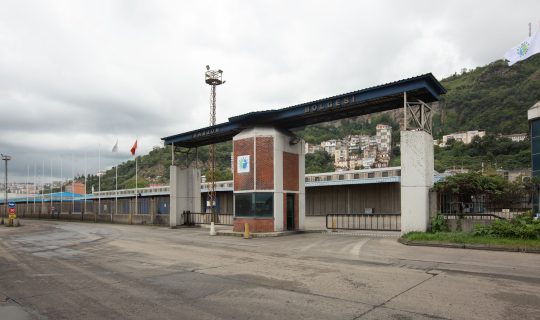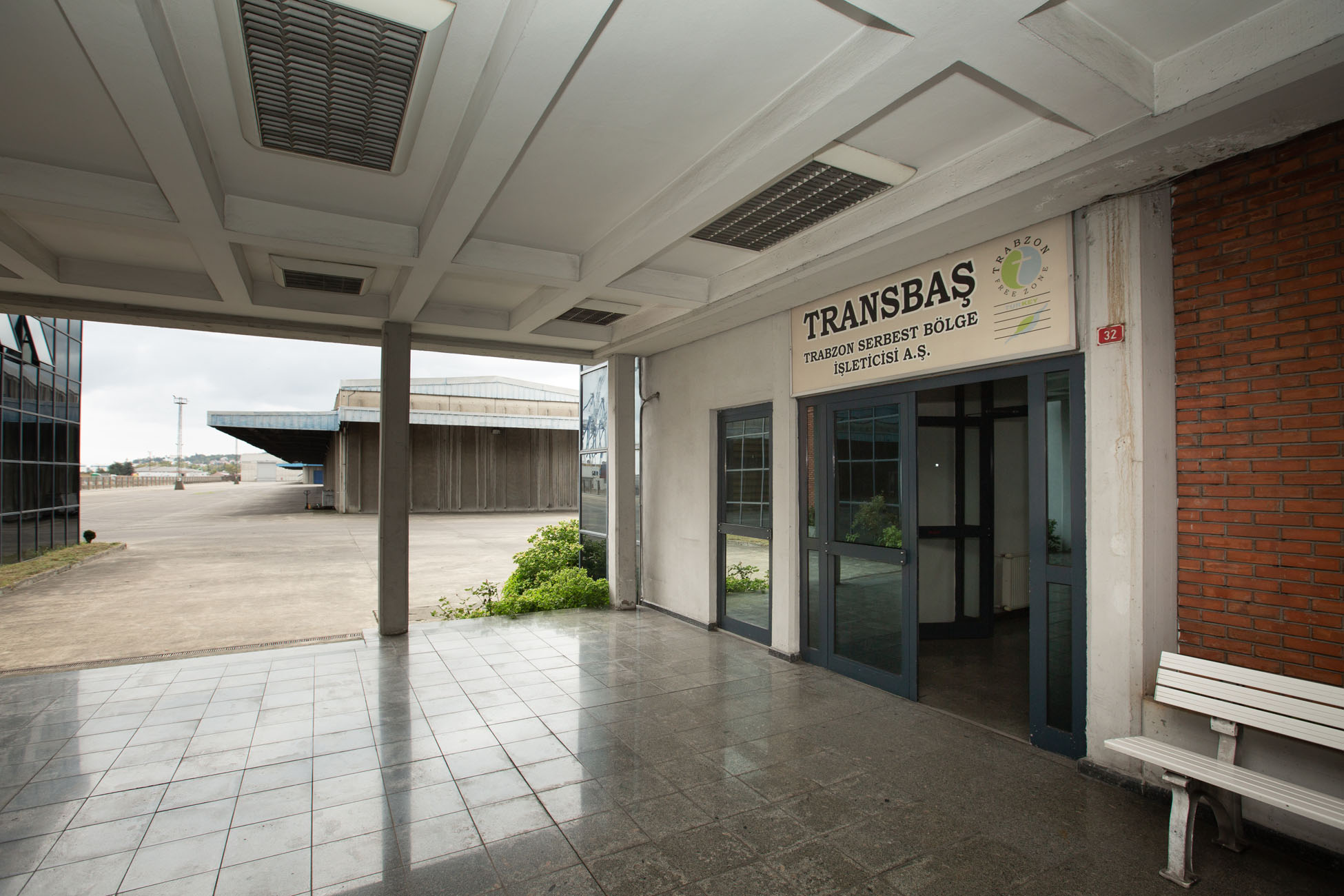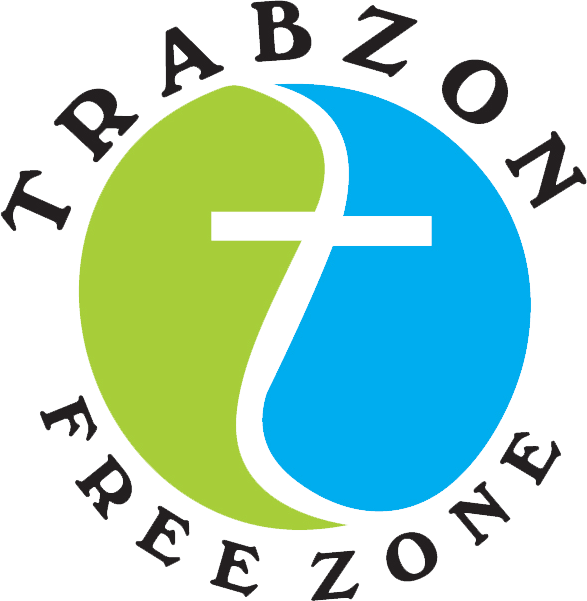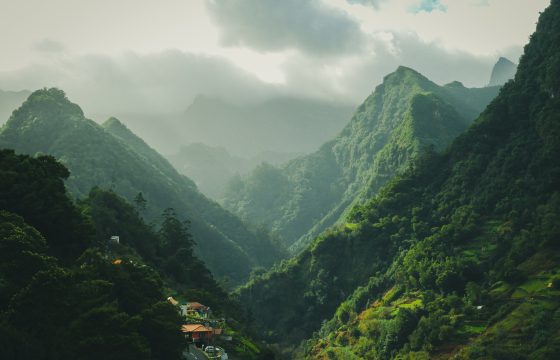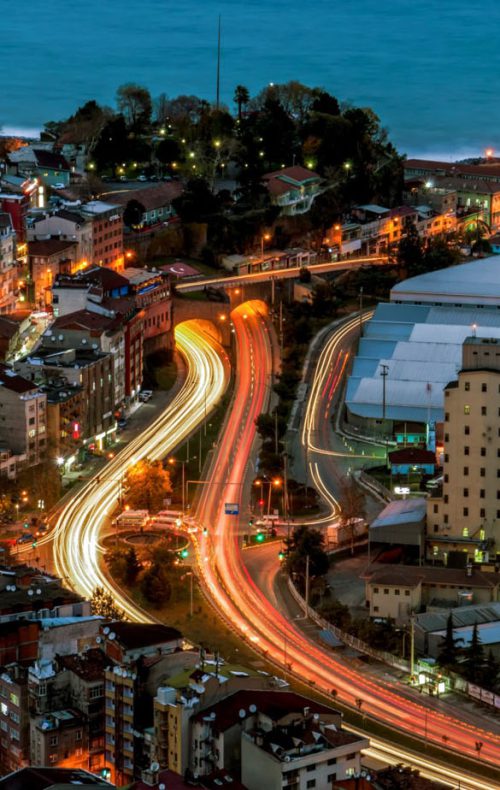Known historically as ‘The Lion of the Orient’, Turkey covers an area of 779,450sq.km (approx. 300,000sq. miles), with a population of about 67 million (2001 estimate). A member of NATO since 1952, Turkey enjoys stable political and economic systems, and increasingly important business relations with Europe. Turkey is also a member of the OECD and the Council of Europe. It is currently an associate member of the European Community; full membership is formally sought. Turkey is currently part of the European Customs Union, allowing goods to travel between the entities with no customs restrictions.
During the past three decades, Turkey has greatly increased its business links with the USA and Europe to the point where its overall balance of trade now lies with the West. Its major trading partners are USA, Germany, UK, Italy, France, Spain, China and Russia. Geographically, historically and culturally a bridge between East and West, Turkey is ideally situated to take full advantage of the markets in Eastern Europe and Asia. Its economy is also growing steadily. Currently, there are 9 preferential trade agreements in force: EFTA, Israel, Bulgaria, Romania, Macedonia, Croatia, Bosnia-Herzegovina Palestine and Tunisia. With expanding international trade, the trade route of the Black Sea is sure to be lucrative.
Trabzon
The ancient city of Trabzon (formerly westernized as ‘Trebizond’) stands in north eastern Anatolia. Renowned for its historical associations, its cultural significance and impressive architecture, the Municipality of Trabzon covers an area of 8.3 sq. km, with a population in excess of 340,000.
Climate
Dominated by the Black Sea, the climate at Trabzon differs from the rest of Turkey, being generally warm and humid with year-round rainfall and less extreme temperatures. The surrounding land is remarkably fertile, rich in water, hosts many species of plants and flowers, and is densely forested.
History
Trabzon takes its name from ‘Trapezus’, the word for square tables, since the old city walls form a similar shape. It became a Roman state under Arianus (98-117 AD), and was later seiged twice by Hadrian (117-138 AD) who constructed the first harbor in his name. In the latter half of the eighteenth century, Trabzon became a vital staging post on the flourishing trade routes between Erzurum and Tabriz, and from the Black Sea to Persia. Its continuing importance and growth as an import-export centre made it a desirable prize, and its possession was contested on numerous occasions. The first committed attempt at seizure by the Ottomans occurred between the years of 1447- 1458 when Sultan Murat II dispatched his fleet, but failed to occupy the city. Trabzon finally became Turkish in 1461, and has since developed into the major Black Sea port of the present day.
Trabzon is one of the most modern ports on the Black Sea and located at the centre of the lively commercial traffic among the states bordering the Black Sea and other countries in its hinterland. It is ideally positioned to facilitate trade between East and West, and its capabilities have been considerably extended by the development of a sizeable Freeport and Trade Centre.
The Georgian border can be reached only in 3 (three) hours. There is direct air and road connection with the Central Asian Republics and CIS countries. Trabzon has been designed to offer the greatest possible versatility as a transshipment centre.
Overall Facilities of the Trabzon Port consist of seven quays – with a depth from 9 to 10.5meters and length from 200 to 400meters – with a combined capacity of some 2,000 vessels per year, modern container terminal equipped with necessary outfits.
Substantial Government Investment
Turkey has always been an important crossroad for business, and relies heavily upon its ports to maintain and expand its economic development. Assisted by the efforts of the Turkish Maritime organization, there have been many successful investments in infrastructure of ports.
A modern, international trading centre
Trabzon has been designed to offer the greatest possible versatility as a trans-shipment centre. For bulk goods, it is ideal as an intermediate distribution point- a modern port where large vessels can have their cargoes reloaded into smaller vessels for local distribution, or offloaded onto trucks for delivery by road. For high-value goods, Trabzon Free-Zone offers secure and convenient storage facilities, from which regional markets can draw down small shipments as required.
Trabzon’s strategic location, substantial modernization and successful investment programs are encouraging signs of a healthy and profitable future.
Turkey’s growth in political and economic importance, and the consolidation and strengthening of the markets to the west, north and east in the region contribute to the Black Sea becoming an increasingly beneficial trade route.
Trabzon now provides comprehensive and up-to-date facilities, together with ready access to virtually all neighboring regions and nations. As a convenient trans-shipment location, its advantages are significant.
Strategic Location
Trabzon offers excellent access to all the major markets of the surrounding regions. Indeed, few other locations can provide so developed or so modern a springboard for the expansion of international trade.
Road Distances from Trabzon
Bazargan (Iranian border) 650km
Tabriz (Iran) 950km
Tehran (Iran) 1617km
Sarp (CIS border) 198km
Nakhijvan border 750km
Armenian border 570km
Baku (Azerbaijan) 1000km
By Sea
It is clear that the Black Sea will become an increasingly beneficial trade route. To the north-west, the seaways link Trabzon with the nations of Eastern Europe; to the north-east, they lead to the Commonwealth of Independent States, and the Central Asian Republics.
By Land
Trabzon is the hub of a good and developing regional road network- to the south, with Turkey and Syria; to the south-east with Iraq and Iran; to the north-east with the Commonwealth of Independent States, and the Central Asian Republics.
